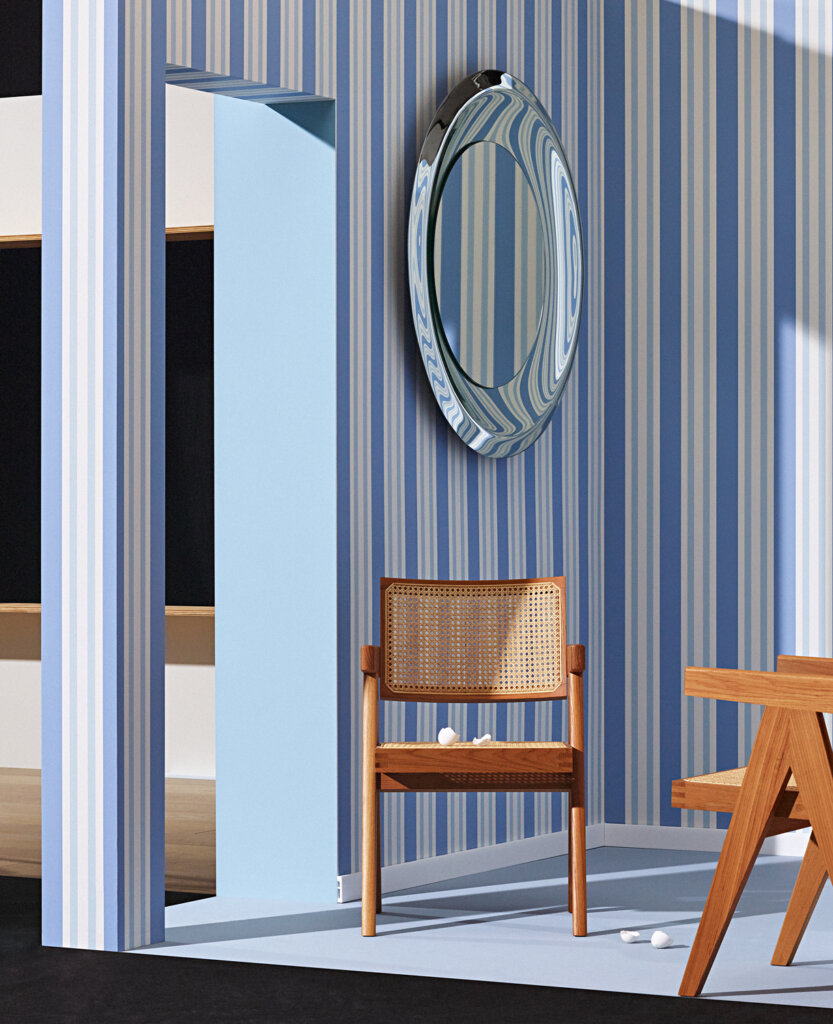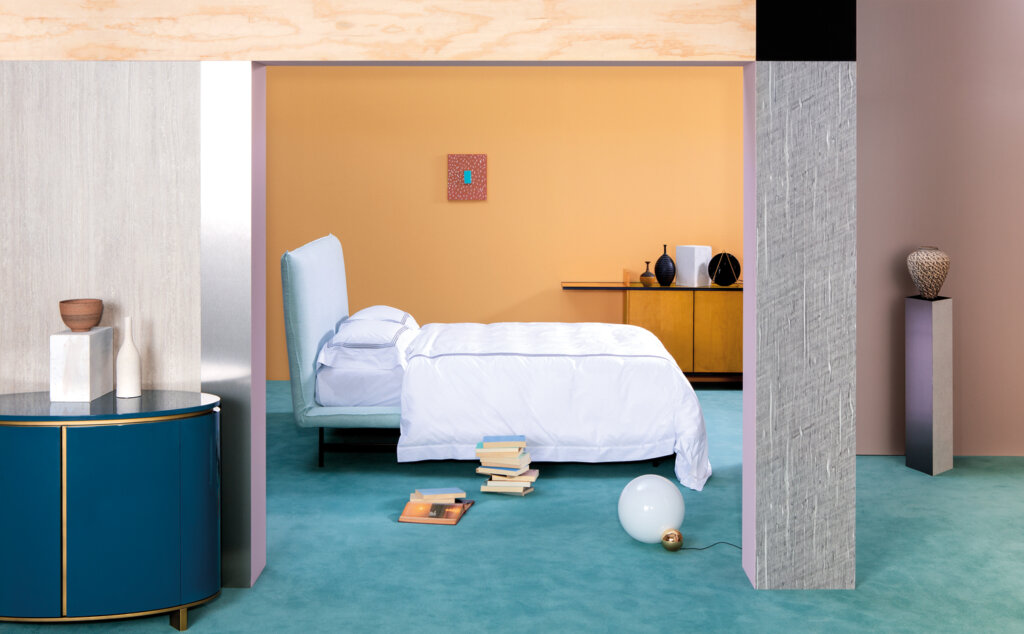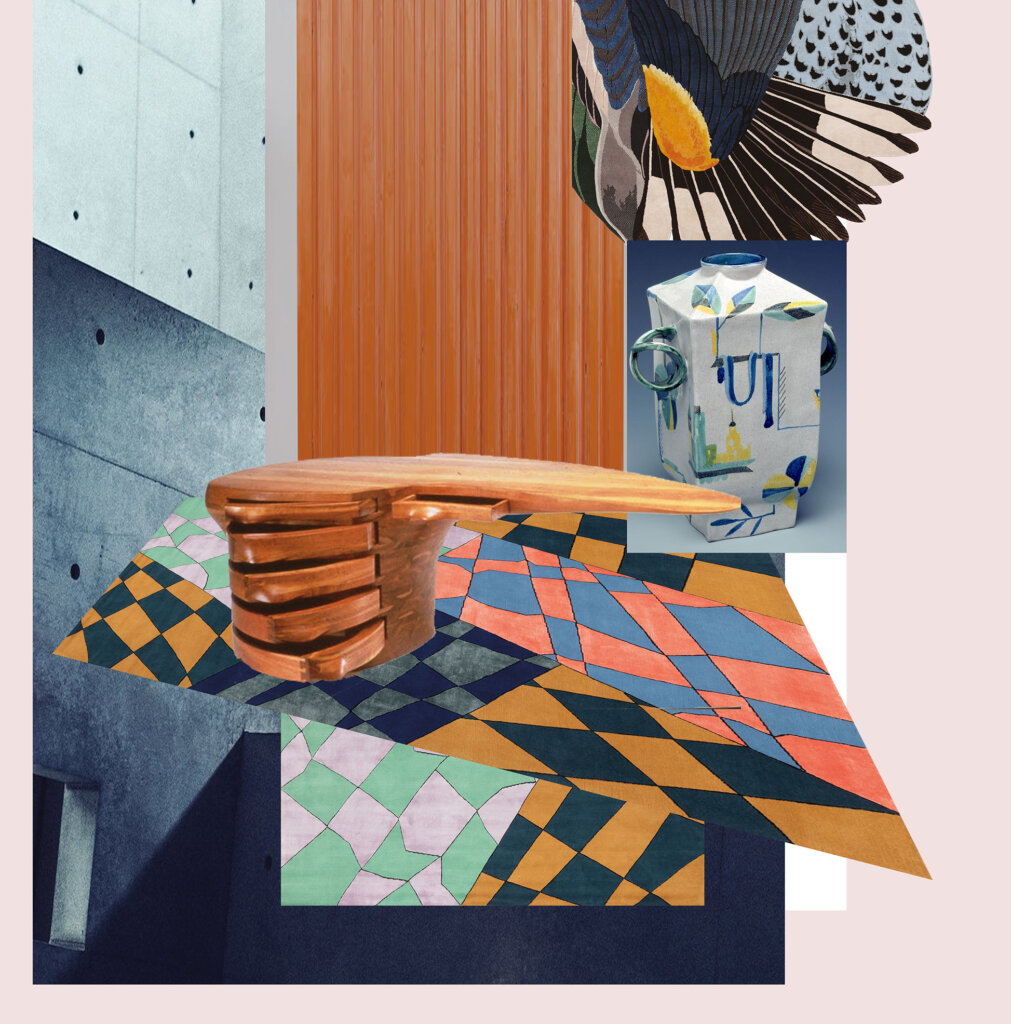
Milanese Stylists Cameranesi Pompili used our new moodboard function, check it out and create your own.
A refined mix of vintage objects, slick design references, and art, this is the inspiration and work of Cameranesi Pompili, a multifaceted studio specializing in creative consultancy, founded in 2012 by Valentina Cameranesi and Enrico Pompili. The dynamic duo has given us a glimpse into their creative universe and shared the images that inspire them, the rugs they adore and the interiors they have created for some of the world’s most distinguished design brands. We have taken this material and created a moodboard to share and inspire like-minded professionals.
View their moodboard here >>
This was created with a new tool on the cc-tapis website, developed with professionals in mind. Every image on the cc-tapis website can be pinned into personalised moodboards, to find out how to make your own moodboard, click here >>
A conversation with Cameranesi Pompili
With an impressive client list that includes companies from the fashion, design, and media world, Cameranesi Pompili combines their vast and varied experience to offer services in all aspects of creative direction, set, and interior design. Working in an array of aesthetic environments, research forms the base of all their projects, and cc-tapis Art-Director and Partner Daniele Lora chatted to them about their creative process.
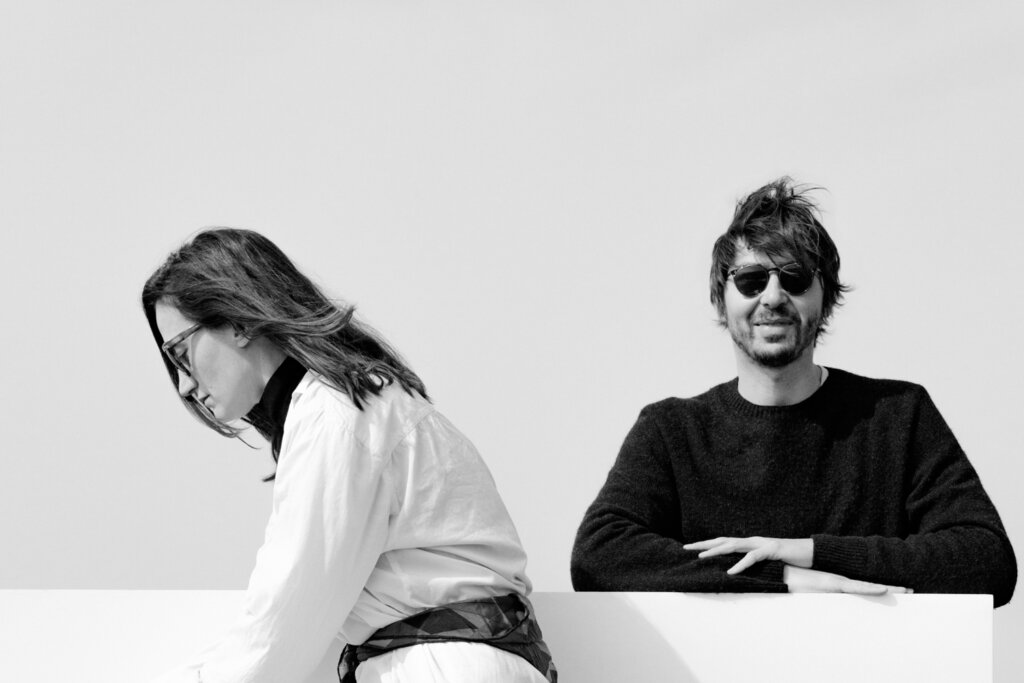
Portrait by Ivan Grianti
-
How did you meet and how did you start working together?
We met in 2013, actually thanks to PS (cc-tapis’ press office), while working on a site-specific installation for the Sportmax store in via Spiga. Valentina had been invited to curate a window display with vases she designed for the project ad hoc. We got along well and we decided to work together on a photoshoot for a magazine to see if it could be interesting and needless to say it worked out perfectly.
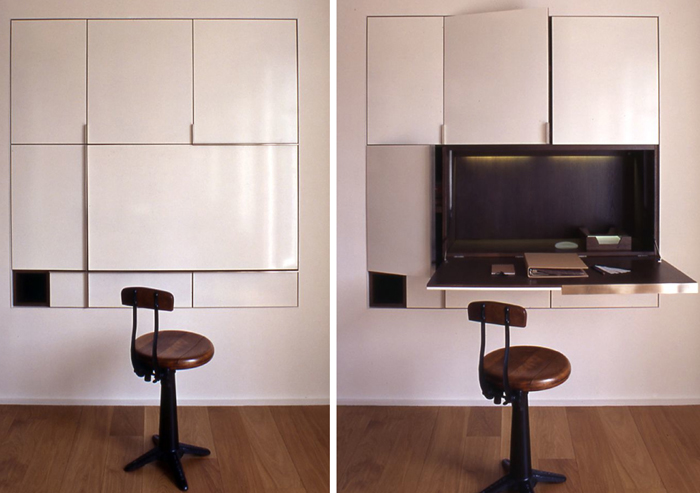
Credits: Putman
-
How do you manage to share the creative process as a duo? More specifically, how do you manage to share your ideas with each other?
It’s pretty fluid actually, we have always had many points of view and common interests. Our collaborations are always mutual and have been spontaneous from the very first start. Maybe it’s real sign of a deep, felt affinity which allows us to work on a project together, with both of us contributing from either side.
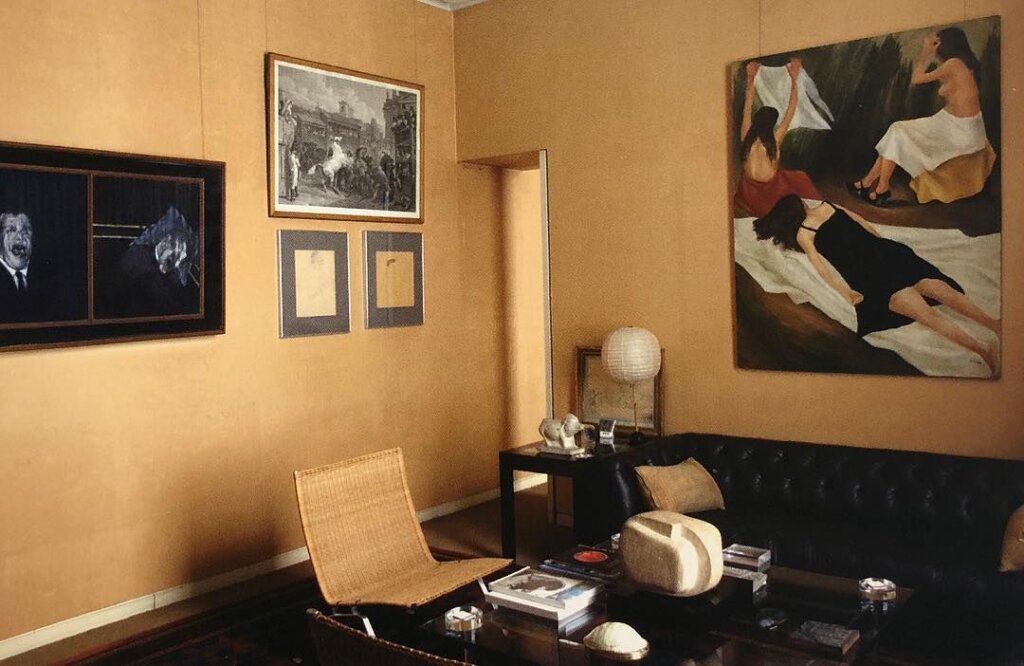
Credits: Ward Bennett – Casa Agnelli
-
Do you use digital means to put your references together or are you still linked to material processes?
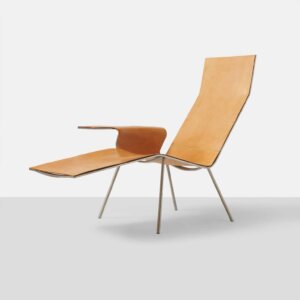
Needless to say, yes we use digital means. However due to our profession, we also work a lot with material elements too, especially on set design jobs. On the interior design projects we have another perception of the physical and material aspects – they enter into a sort of abstract vision where we try to convey a layered and faceted result which resists strict categorizations. We like to combine the “digital “ aesthetic with something more textured and expressive avoiding temporary trends or genres which may become too diffused, like replicas without a soul.
Credits: Maarten Van Severen Chaise Longue by de Padova
-
Tell us about your inspiration and your approach to creative projects:
We focus on elements such as comfort, softness… a human approach for interiors, where textures, patterns, surfaces and architectural structures evoke a sense of Tradition, that is something we always strive to achieve.
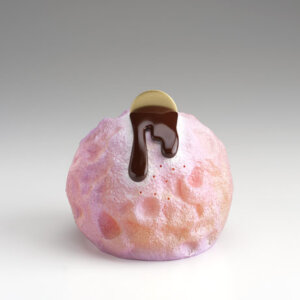
From the very beginning we have always shared a strong interest for the sophisticated warmth of 1920s/1940s interiors and the 70s too (which has been slightly over exploited lately, losing its inner radicality). For instance, we love antiques and we are trying to explore their inherent potential for innovative and contemporary interior projects. When it comes to art-direction, we strive for the perception of lightness and positivity in the final result.
Credits: Ron Nagle 2012
-
What do you think about artisanal production techniques and tradition?
We have a deep respect and admiration for artisanal practices and know-how. We are highly aware of its value and we think it’s something worth preserving.
Concerning rugs and their tradition, there is an amazing text by a little-known but great Italian writer Cristina Campo, who wrote charming essays on the importance of the history of carpets in humankind, she says “the borders too are eloquent”, every carpet unrolls a surface on which ornaments play in a sort of mise-en-abyme.
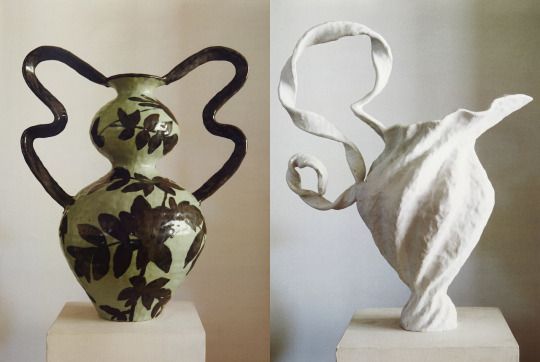
Credits: Peter Schlesinger
-
Do you have any particular advice or suggestions you want to give to emerging designers or professionals on how to develop and share ideas that can then become real projects?
As the saying goes, be authentic. It’s always good advice. Imitation and emulation do not allow people to develop their inner voice. Read books and watch movies of any sort, as eclectic and idiosyncratic as possible, especially ones from different fields. They can be a deep source of inspiration and can help to build a personal approach and vision.
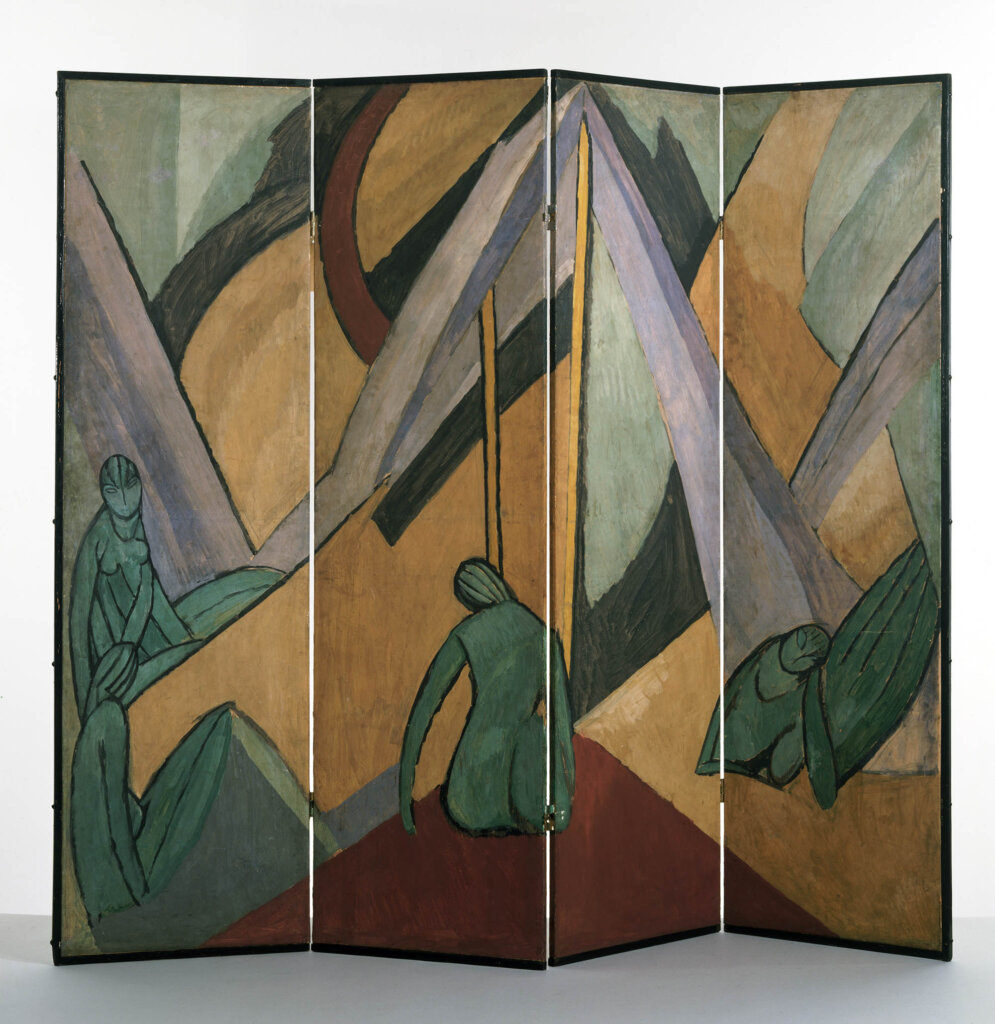
Credits: Vanessa Bell – Tents and Figures – Ph Courtesy of Henrietta Garnett
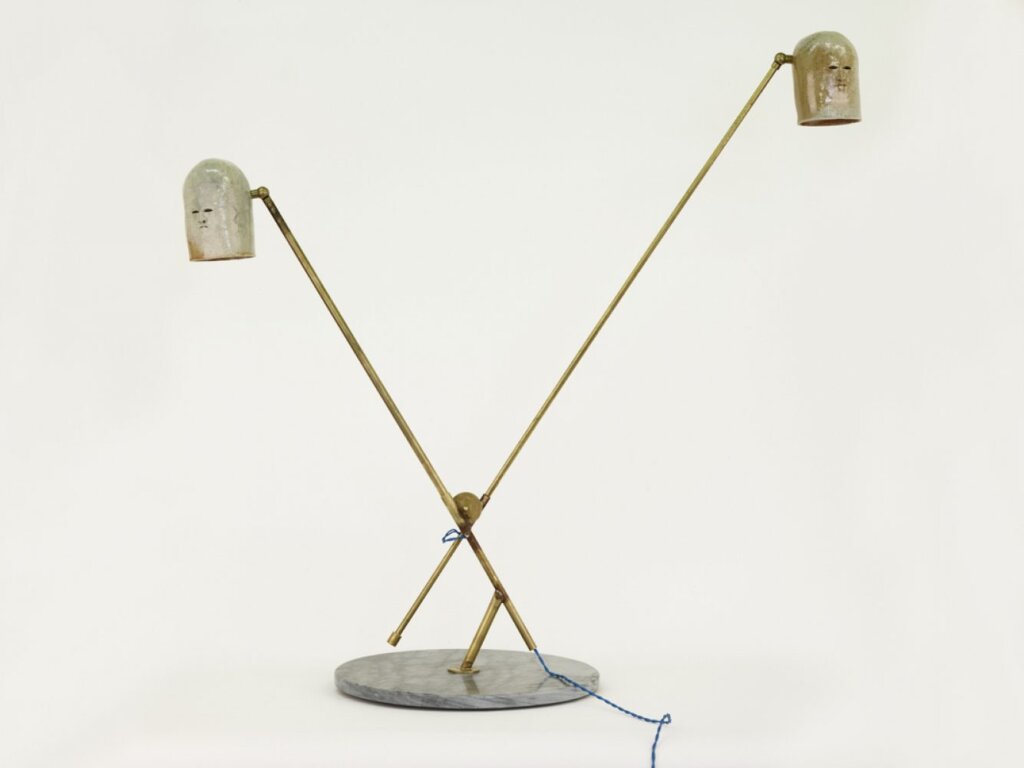
Credits: Francis Upritchard
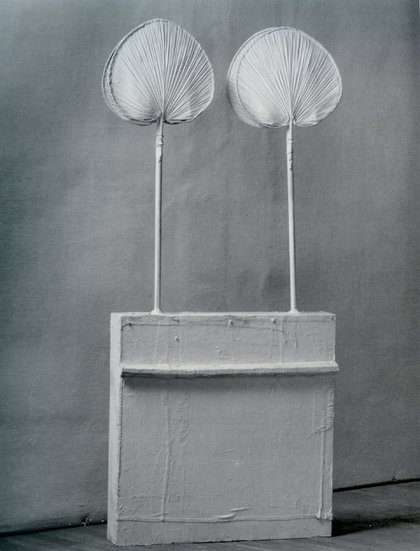
Credits: cy twombly
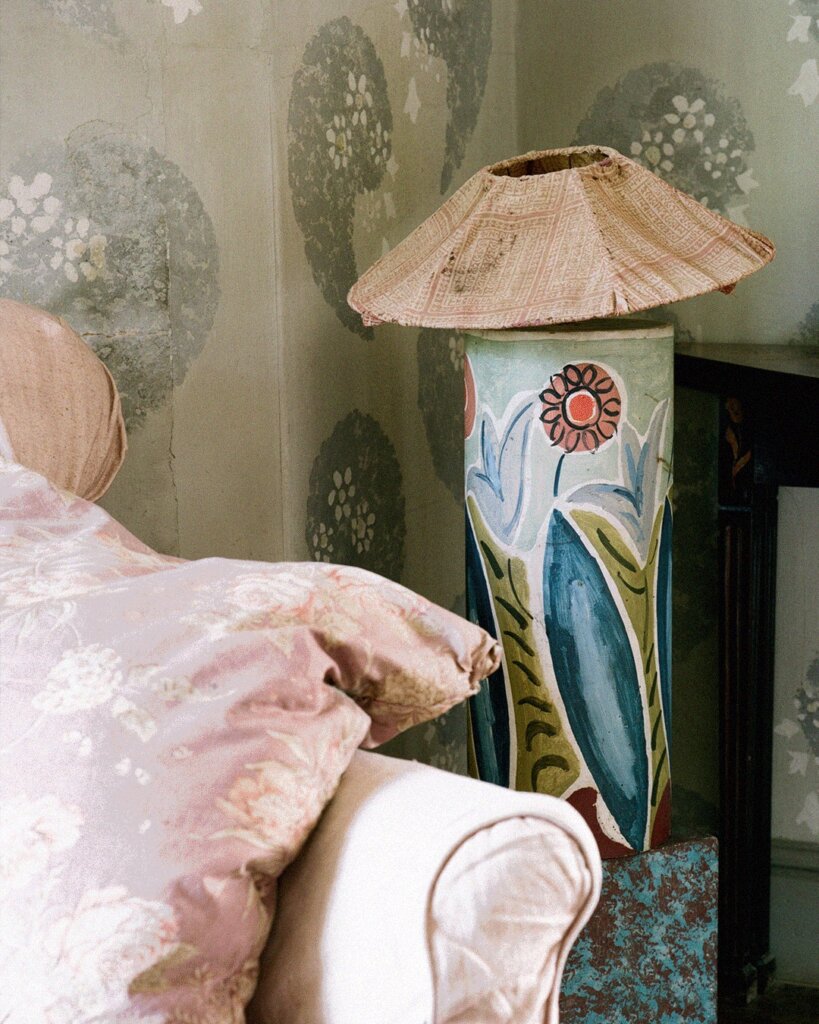
Credits: Charleston House. Photo by Matthieu Lavanchy
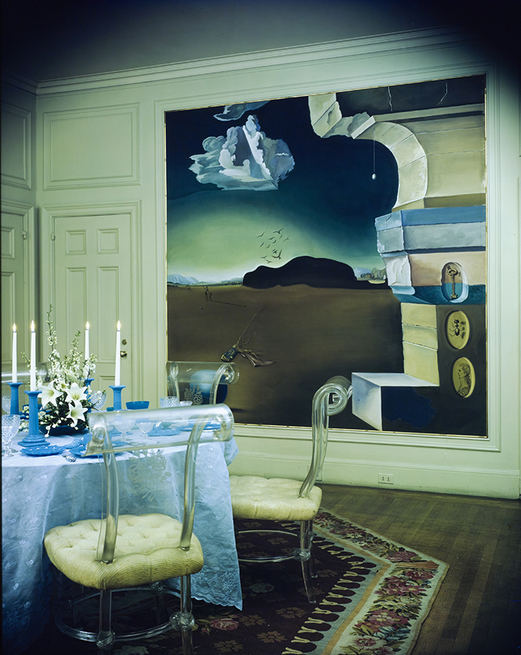
Credits: Dining room of Helena Rubinstein with Dalì mural painting
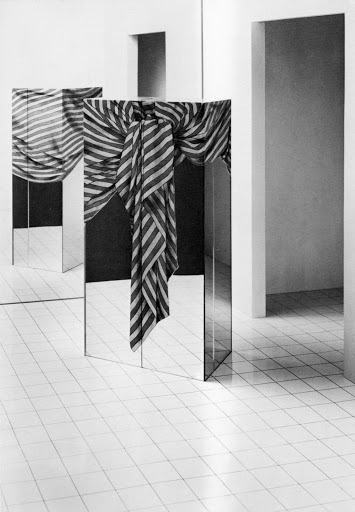
Credits: Trix & Robert Haussmann
Projects by Cameranesi Pompili:
Cassina Book “This Will Be The Place”
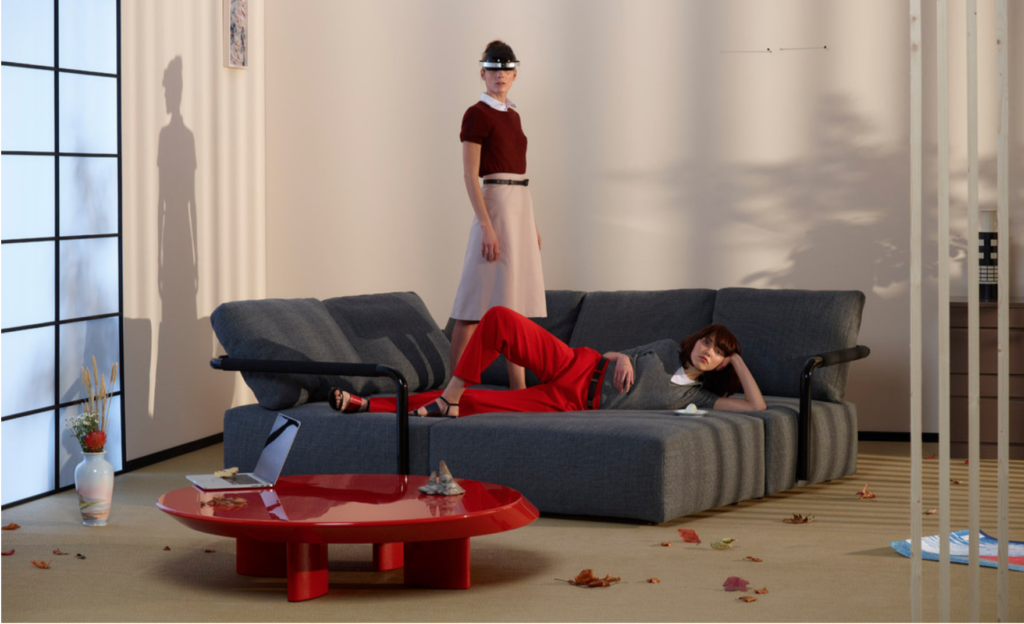

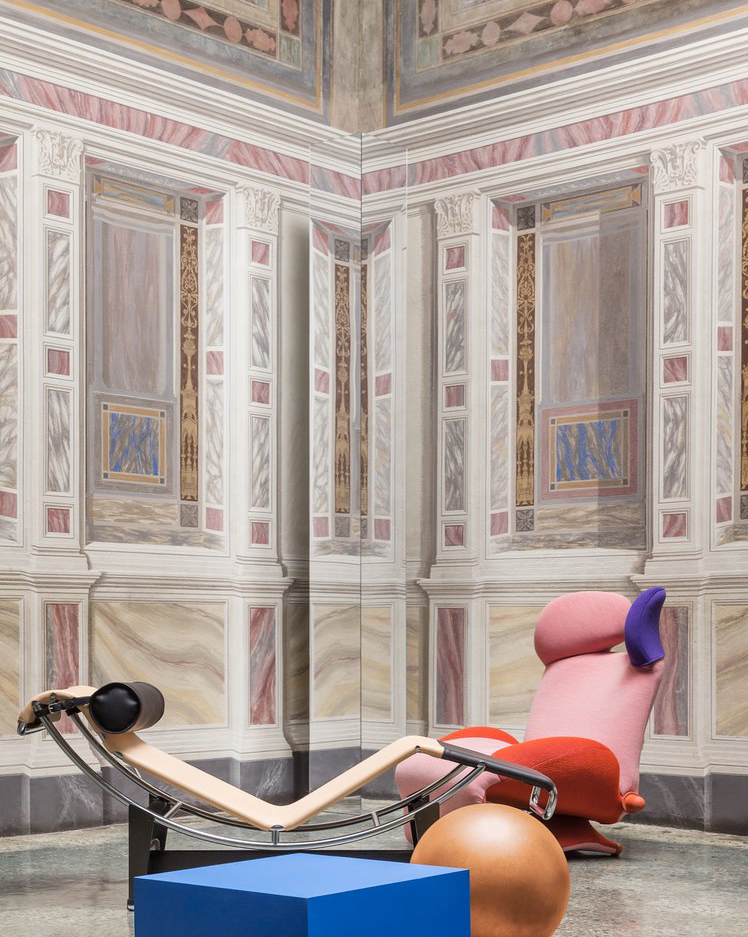
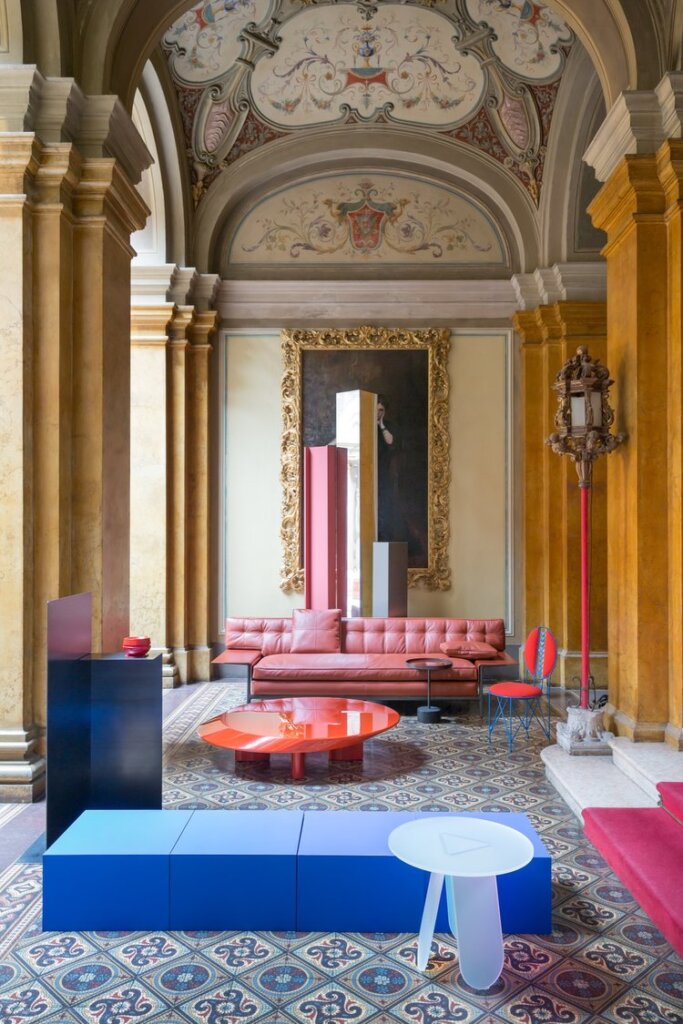
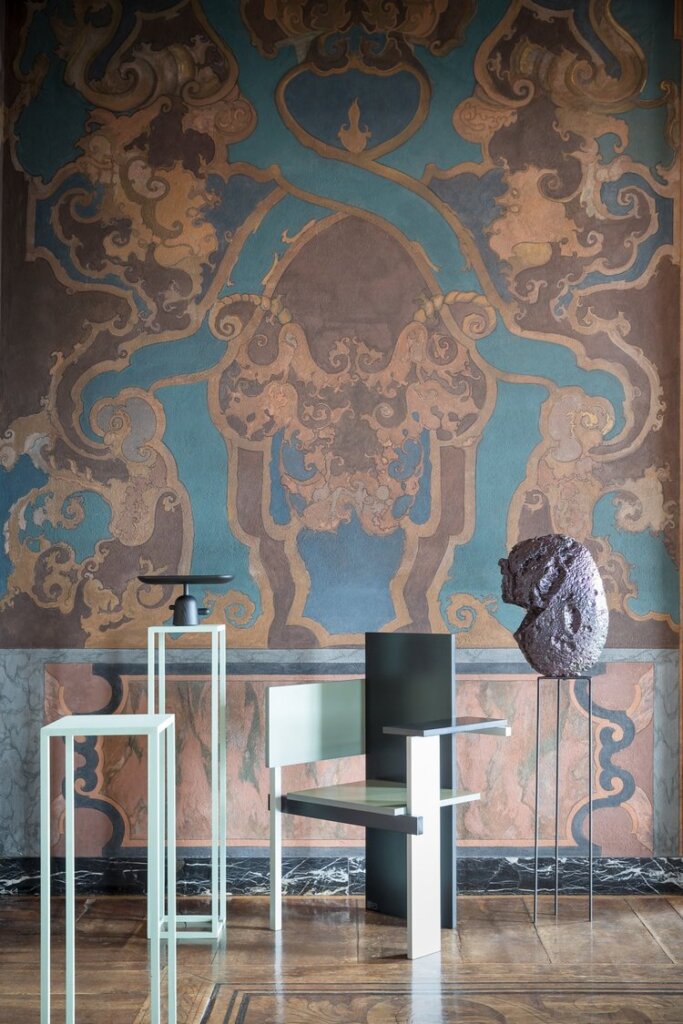
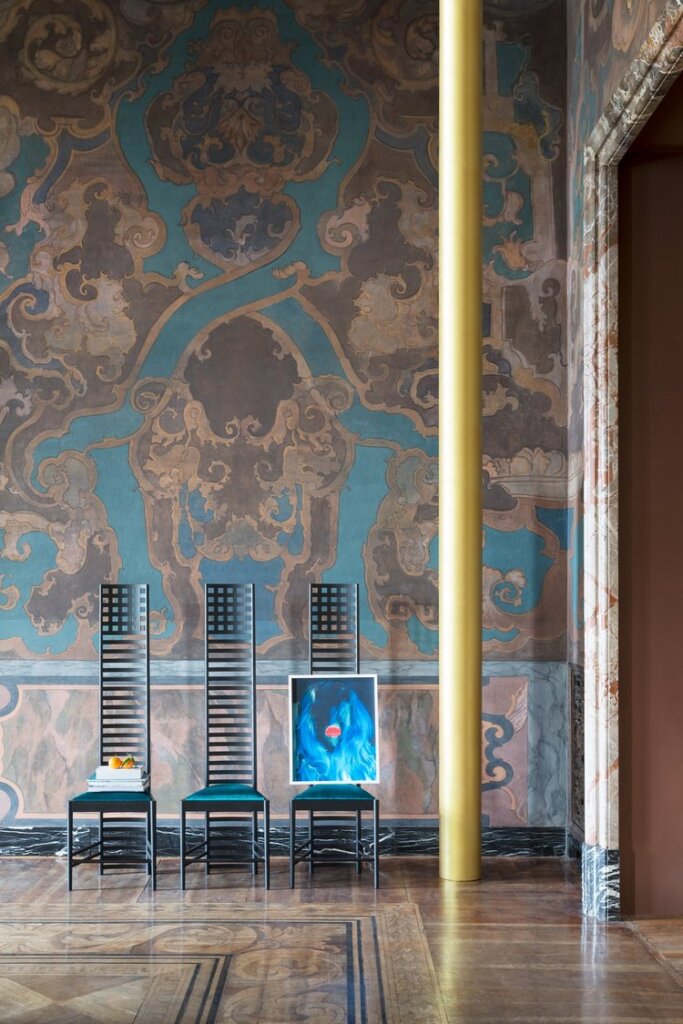
Glass Italia Catalog 2019
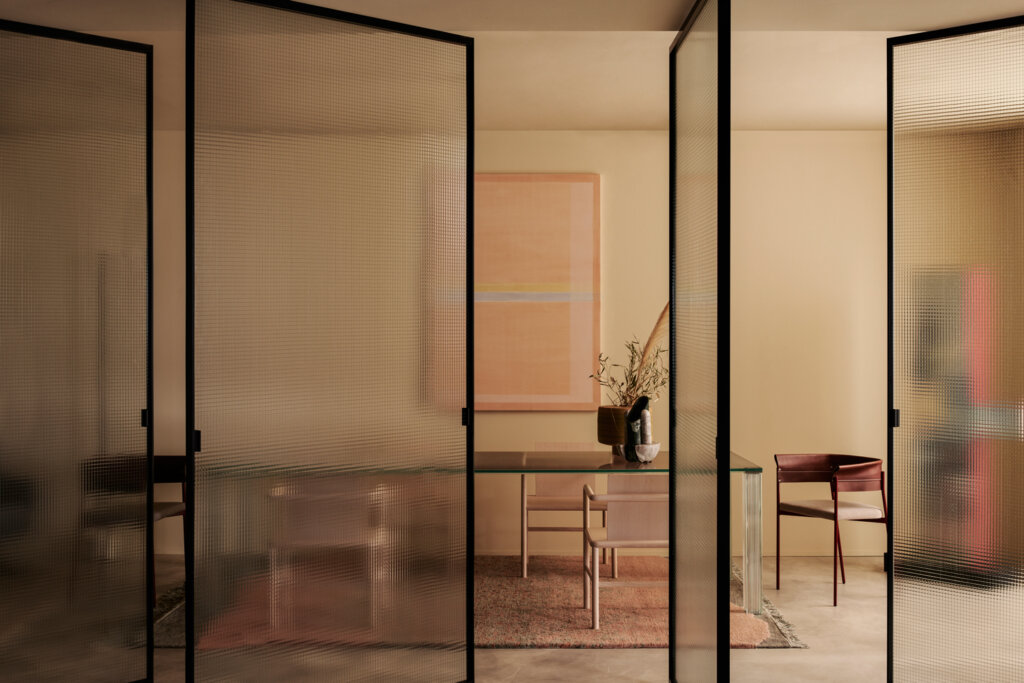
Icon Design
